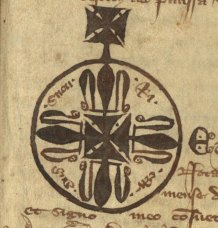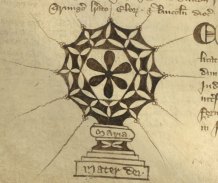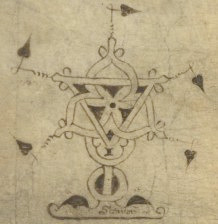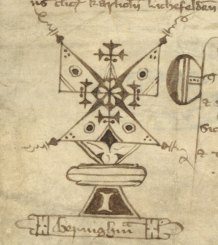About the project

The project aimed to provide access to the extensive collection of York cause papers – records of the individual cases of the church courts held at York – held at the Borthwick Institute for Archives, through a new, online catalogue
The records of the church courts in the diocese of York, housed in the Borthwick Institute for Archives at the University of York, are the most extensive records of their type in the United Kingdom, dating from the fourteenth to the nineteenth centuries and covering Yorkshire and beyond.
They include cause papers for over 13,000 individual cases as well as a wealth of supporting material.
Although their importance for social, economic, ecclesiastical and legal history has long been recognised, many of these papers are accessible only through manual indexes, compiled in the 1940s, which provide limited information about the records.

As a result much of the information in the documents was locked away, inaccessible to the research community.
To begin to meet the needs of researchers in a more coherent and comprehensive way, the Borthwick Institute organised a colloquium, funded by the Andrew W Mellon Foundation, that aimed to introduce attendees to the records, both physically and intellectually, and to engage in informed discussion about the research potential of the records and the best ways for this potential to be realised.
Attendees at the resulting Colloquium in July 2005 established that their priority for improved finding aids was the cause papers (the evidence files for each cause, or case).
Project members
In consequence a project for the re-cataloguing of the archive, also funded by the Andrew W Mellon Foundation, began in June 2007. The project relied upon the technical expertise of the Humanities Research Institute, University of Sheffield and employed a number of post-graduate research assistants.
Technical methods
The cause papers project data-entry form utilised a customised XML schema.
The schema - designed explicitly for this project - provides a controlled vocabulary to express each cause from the archive.
This includes case information, detailed provision for individuals represented in the cause papers and for handling variant names. Possibly uniquely, the schema also provides for an exceptionally high level of detail on locations associated with a particular cause or person.
Additional data that can be encoded includes cross-archival references, inter-archival references and digital image cross-references (for possible future enhancements).

The XML document was visualised using an XML editing tool called XMLmind. This permits a look and feel similar to a traditional database form.
The particular mechanism chosen provides the advantages of XML encoded data - including sustainability and a high level of data granularity.
Each validated document (or form) was ingested into a relational database which formed the repository utilised by the publicly accessible website built in the final phase of this project.
One of the aims of the project was to pioneer new standards of excellence in term of data accuracy and standardization.
A chief problem facing those cataloguing large manuscript collections has long been how to index them effectively, so that searchers can make the optimal use of the resources available. This proves a particular challenge when the documents involved cover a wide time-span and incorporate spelling and language variations, especially of surname and place names.

The advent of electronic databases, such as the one used for the Cause Papers project, makes this task all the more important, as even larger collections can be indexed, and more information can be added for the use of researchers.
In response to this, the team at York took the unusual step of appointing a full-time research assistant to act as a 'data checker', to have particular responsibility for the accuracy of the database and the standardization of spelling variants.
In conjunction with the Principal Investigator, this researcher developed a method of ensuring that all spelling variants for surnames and place names are searchable under standard forms, while the database also provides the original spellings.
This means that those using the database are able to obtain all the available information on the individuals or places they seek, while also being able to narrow the searches where appropriate.
For further details on the methods employed by the project team when entering and standardizing data, please consult this document Cause Papers Project Standardization (PDF
, 332kb).
Launch conference
A one day conference celebrating the launch of the York Cause Papers Database, was held on Saturday 13 November 2010.
The conference brought together leading academics working on church court records.
Topics included the use of the cause papers in local and family history, ecclesiastical lawyers, gender and memory, storytelling in the courts, tithes, penance and marriage and an introduction to the database.
Project blog
For further information, see the project blog for the JISC funded imaging project:

